Idiyappam Making Machine
Product Details:
- Capacity 45-100 Kg/hr
- Automatic Yes
- Voltage 230/440 Volt (v)
- Feature ECO Friendly Low Noice Lower Energy Consumption Compact Structure High Efficiency
- Click to View more
Idiyappam Making Machine Price And Quantity
- 109000 INR/Unit
- 109000.00 - 192000.00 INR/Unit
- 1 Unit
Idiyappam Making Machine Product Specifications
- 45-100 Kg/hr
- ECO Friendly Low Noice Lower Energy Consumption Compact Structure High Efficiency
- Yes
- 230/440 Volt (v)
Idiyappam Making Machine Trade Information
- Cash Against Delivery (CAD) Cash Advance (CA) Cash in Advance (CID) Cheque Western Union
- Asia Australia Central America North America South America Eastern Europe Western Europe Middle East Africa
- All India South India Central India West India North India East India Gujarat Karnataka Kerala Lakshadweep Mizoram Meghalaya Manipur Andhra Pradesh Bihar Chandigarh Daman and Diu Goa Jharkhand Odisha Punjab Assam Delhi Dadra and Nagar Haveli Andaman and Nicobar Islands Arunachal Pradesh Chhattisgarh Haryana Himachal Pradesh Jammu and Kashmir Madhya Pradesh Maharashtra Nagaland Rajasthan Sikkim Tamil Nadu Telangana Tripura Pondicherry Uttar Pradesh Uttarakhand West Bengal
- ISO
Product Description
Features of an Idiyappam Making Machine
-
Material and Build: Look for machines made from stainless steel or high-quality food-grade plastic for durability and ease of cleaning.
-
Design: Most machines have a cylindrical chamber where you place the rice flour mixture. They come with various press attachments that allow you to form the idiyappam into the desired thin, noodle-like strands.
-
Ease of Use: The machine should be easy to assemble and disassemble, with a straightforward mechanism for pressing the dough.
-
Capacity: Depending on your needs, choose a machine with a suitable capacity. Some are designed for small home use, while others are larger for commercial purposes.
-
Accessories: Check if the machine comes with multiple pressing discs to create different patterns or thicknesses of idiyappam.
-
Cleaning: Opt for machines that are easy to clean, ideally with parts that can be detached and washed separately.
-
Manual vs. Electric: Manual machines require physical effort to press the dough, while electric ones automate the process, making them more convenient but often at a higher price point.
How to Use an Idiyappam Making Machine
-
Prepare the Dough: Mix rice flour with water (and a pinch of salt) to create a smooth, pliable dough.
-
Assemble the Machine: Attach the appropriate pressing disc to the machine, then load the dough into the chamber.
-
Press the Dough: Use the machine to press the dough into the idiyappam maker, which forms the thin strands.
-
Steam the Idiyappam: Place the pressed dough onto idli plates or a steamer tray and steam for about 10-15 minutes.
-
Serve: Once steamed, the idiyappam is ready to be served with coconut milk, curry, or other accompaniments.

Price:
- 50
- 100
- 200
- 250
- 500
- 1000+

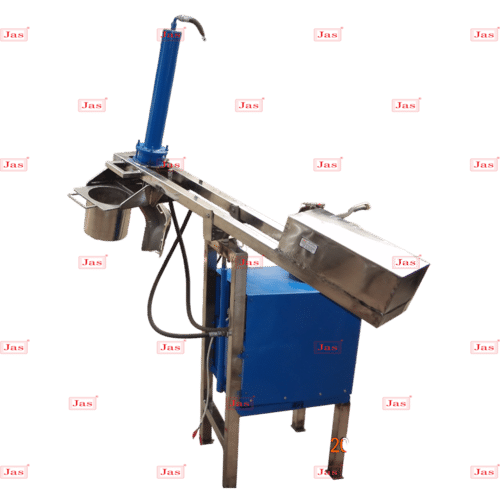
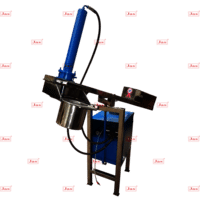
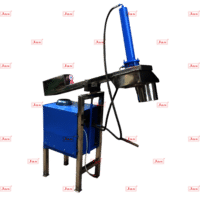



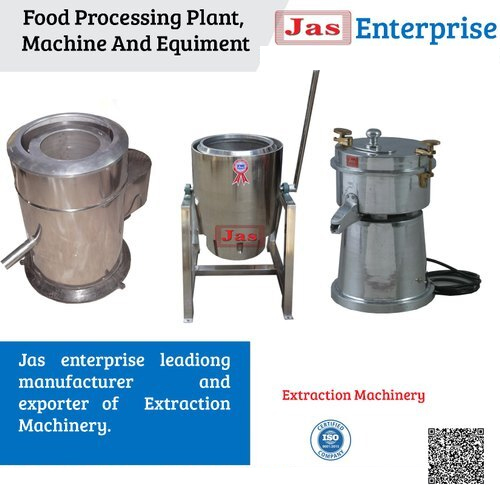

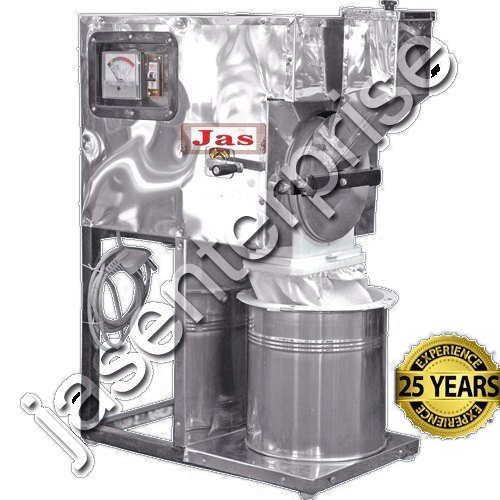
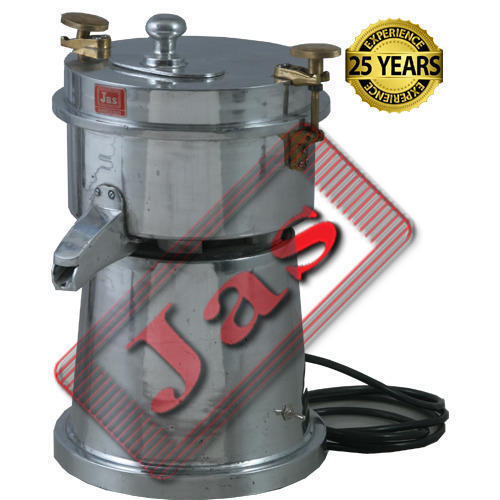


 Send Inquiry
Send Inquiry Send SMS
Send SMS Call Me Free
Call Me Free